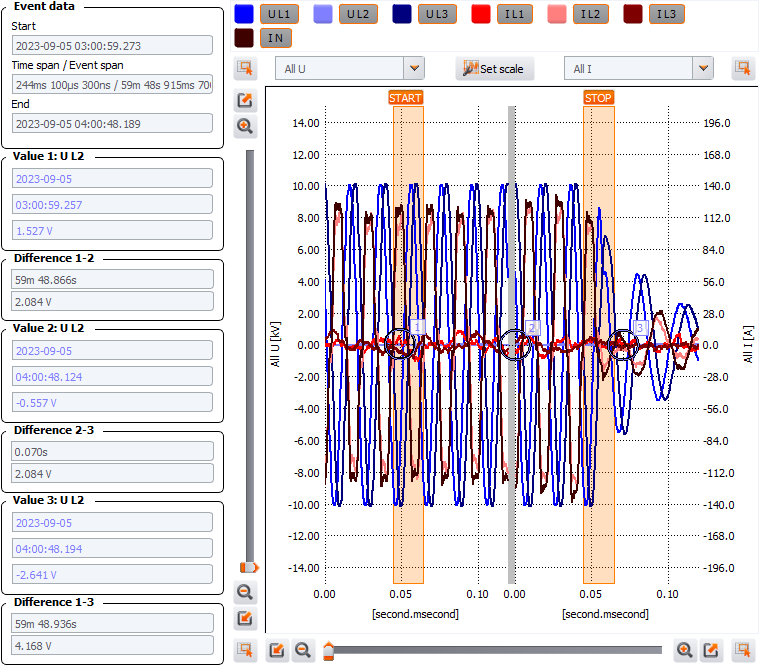Understanding Load Profiling
Optimizing Generator Performance • Ensuring Power Quality • Preventing System Failures
Optimizing Generator Performance • Ensuring Power Quality • Preventing System Failures
During start-up, a generator set is constrained by its first step load—the maximum transient load it can endure before reaching a stable operating regime. This phase often involves temporary fluctuations in voltage and frequency, especially in diesel- or petrol-powered generator sets.
It’s critical to verify the electrical characteristics listed on the nameplates of connected equipment and anticipate the transient effects they may experience during start-up. Devices like pumps or motors with variable drives may draw elevated current during commissioning. Similarly, UPS systems can introduce harmonic distortions that must be factored into load calculations.
Power quality directly affects equipment performance, safety, and lifespan. Load profiling helps mitigate risks associated with:

Power Quality Monitoring: Key to Reliable Load Profiling
A robust monitoring system should track and analyze: